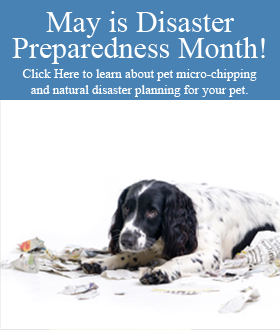There is a need to clarify some concerns about the AWAKE! plan for feral cats. A big part of TENVAC, as any reader of the plan will see, is the last letter “C” – which stands for ‘containment’. The AWAKE! plan that is published includes a copy of the AVMA policy regarding feral cats and the use of sanctuaries. As part of our solution, our AWAKE! plan highlights one containment option which are backyard sanctuaries. Because AWAKE! doesn’t discuss in detail more containment options, that is leading some to conclude there will not be enough sanctuary space to house all the community cats that are part of existing colonies. We don’t believe that will be an issue, for three key reasons.
First, the AVMA position provides some latitude in the types of containment utilized for the plan. For example: a well managed colony of cats in a barn on 200 acres in a rural area is not going to conflict with the principles of AWAKE! unless that farm happens to sit beside a sensitive ecosystem. We have good research on feral cat range habits; which allows for easy distance calculations to determine the degree of containment offered by space. The key in that example is the use of distance as a form of containment. Conversely, a colony of cats behind a restaurant on a major highway, situated near a school, or behind a hospital would not fit AWAKE! – those cats would need sanctuary space. The key with containment is the application of both common sense and the foundational principles of AWAKE!. Dr. Bob Encinosa, owner of Boyette Animal Hospital, notes, “we want to make sure as many options as possible are considered for feral cats, without sacrificing our public health and wildlife concerns.”
Second, there are three significant ways to create sanctuary space. Our plan highlights one primary method, which is community cat sanctuaries – in the truest sense of the word! These locations will require caregivers willing to open their homes to otherwise unadoptable cats, with the community working together to keep them safe and healthy. The second way to create space is with “catio’s” which are smaller back yard contained cat enclosures that can be easily moved, perfect for people in small homes and renters who want to be a part of the solution for these cats. Finally, limited parcels of county property can be found to provide sanctuary space; with fencing and proper shelter to provide protection from urban risks. These three containment options, coupled with common sense approaches for more rural colonies, gives us reason to believe we will have the required sanctuary space.
Third, there is no time certain in our plan. Because our plan does not mandate a time in which all cats must be contained, we have flexibility in addressing each individual caretaker colony. Any effective plan for feral cats is compelled to recognize the scope of the problem; and thus, must allow time to address the issues. If we work together to meet the challenge feral cats create, we can over a period of several years clear our streets of stray domesticated animals. At the same time, we can provide safe homes for those unadoptable cats which are currently living in undesirable situations. And most importantly, we will be effectively moving toward truly reducing the number of feral and stray cats in our community. That is the essence of AWAKE!
Veterinarians do not want to euthanize any animal, and understanding these three aspects of our containment plan shows our solution is effective, practical, and humane! To read the entire plan, click here for AWAKE! – to a healthier tomorrow, for our four-legged as well as our two-legged and feathered friends!





































